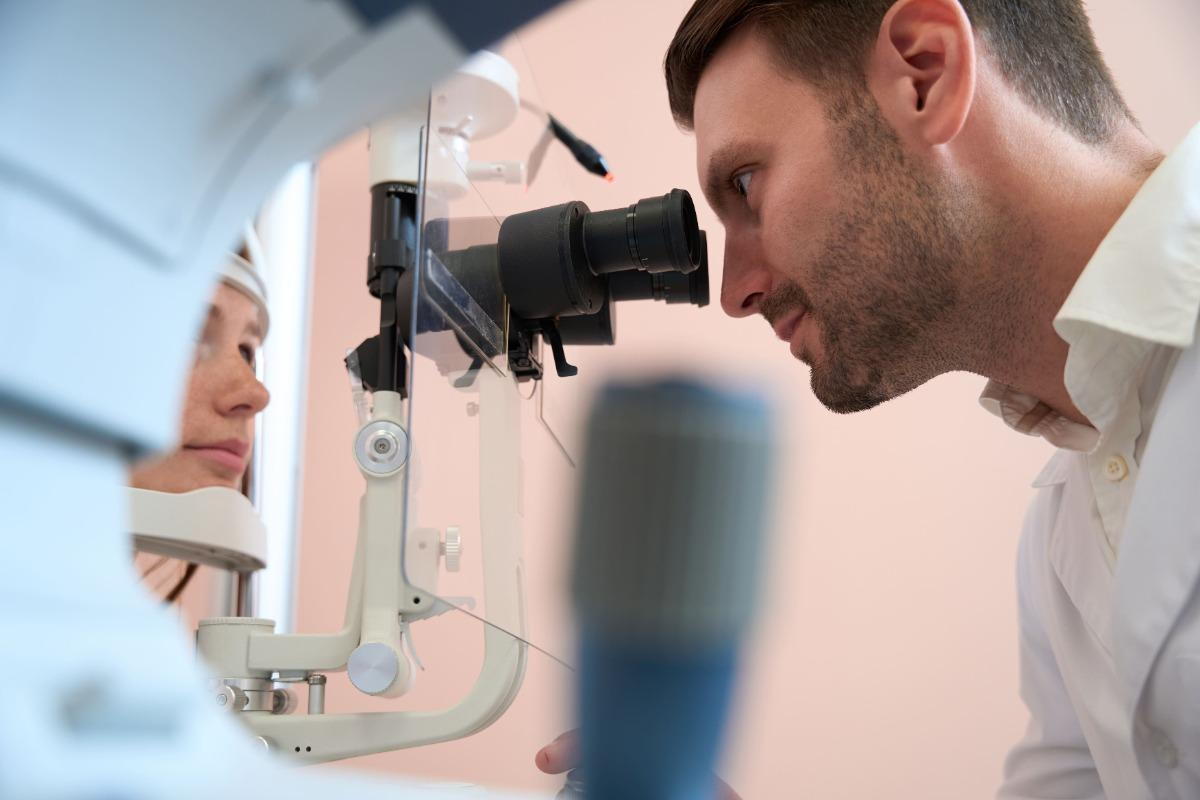All Categories
Featured
Table of Contents

Normal eye assessments are vital for keeping excellent vision and finding prospective eye health and wellness issues early. The regularity of these exams can differ significantly based on a person's age, way of life, and total health. Understanding the suggested routine for eye exams can assist guarantee that people of any ages obtain proper treatment and tracking for their eye health and wellness.
Newborns and Toddlers (0-2 Years)
For young children and babies, eye exams are crucial for detecting any kind of prospective vision issues early on. The American Academy of Ophthalmology suggests that a kid's first eye exam should occur at around six months old. Throughout this initial browse through, the eye treatment specialist will certainly evaluate the child's aesthetic development and look for any type of evident eye issues.Following this very first examination, it is recommended that children have one more eye exam at age three. This see will certainly concentrate on assessing the kid's total aesthetic feature, consisting of eye placement and the ability to track objects. If no issues are discovered, the next test needs to be scheduled before the kid starts college, generally around age five or six.
School-Aged Youngsters (6-18 Years)
Once children reach school-age child, routine eye tests ought to be scheduled every one to 2 years. Vision is crucial for discovering and advancement, and lots of institutions conduct vision testings. These screenings do not change a thorough eye test by an eye treatment professional.For kids associated with sports or activities needing substantial visual emphasis, yearly eye exams might be suggested. Furthermore, if a kid shows indications of vision issues-- such as trouble checking out, scrunching up your eyes, or constant headaches-- a visit to the eye physician need to be arranged as quickly as feasible.
Young Person (19-39 Years)
Young person generally have fewer vision changes than older age teams, however normal eye examinations stay necessary. The basic suggestion is to arrange an eye test every two years throughout this period. People with particular risk variables-- such as a family members background of eye disease, diabetic issues, or those that use call lenses-- should take into consideration yearly eye examinations.In addition, those who invest considerable time on digital tools might experience digital eye stress. If symptoms such as dryness, fatigue, or blurred vision occur, it might be smart to see an eye treatment professional faster.
Adults (40-64 Years)
Adults aged 40 to 64 need to schedule eye examinations every one to two years. Eye examinations can likewise aid spot various other usual age-related problems such as glaucoma, cataracts, and macular degeneration.If individuals in this age team have threat factors such as hypertension or diabetes mellitus, they might call for even more frequent examinations to monitor their eye health very closely.
Senior Citizens (65 Years and Older)
For elders, routine eye tests become much more important. The American Optometric Association recommends that people matured 65 and older have an eye exam at least when a year. Older grownups go to a greater danger for various eye illness, consisting of cataracts, glaucoma, and age-related macular deterioration. Early discovery and therapy of these conditions can prevent vision loss and boost the lifestyle.Conclusion.
Understanding the proper timetable for eye exams based upon age is important for keeping ideal eye wellness throughout life. From infants to senior citizens, normal eye assessments play a vital role in discovering concerns early and making certain that vision remains sharp. By sticking to these guidelines and speaking with an eye care professional, individuals can take aggressive steps toward preserving their vision and total wellness. Whether it's a youngster's initial see or an elderly's yearly check-up, prioritizing eye treatment is a financial investment in long-lasting well-being.Latest Posts
Experience Coastal Elegance at Deauville Inn
Published Apr 13, 25
1 min read
A Luxurious Retreat: The Claridge Indoor Pool
Published Feb 09, 25
1 min read
Experience the Boogaloo: Dining, Drinks, & Sports at FunCity Resort
Published Feb 01, 25
2 min read